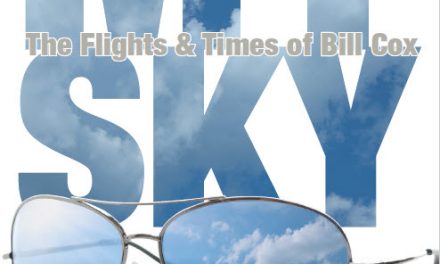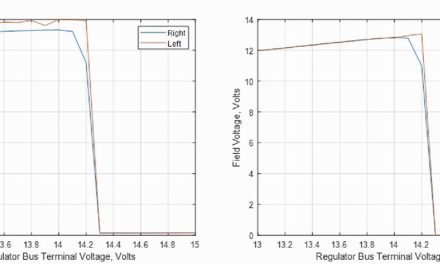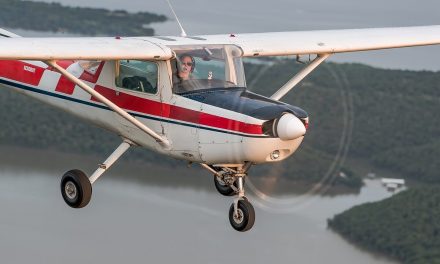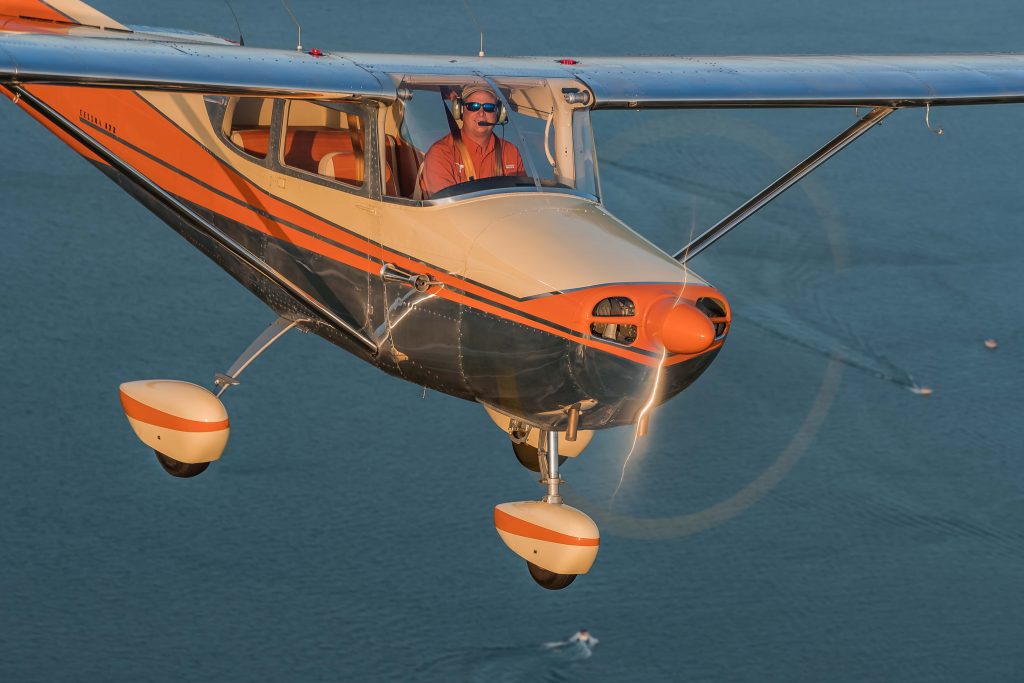
Photo by Jack Fleetwood (www.JackFleetwood.com)
By Glenn Chiappe
For many of us, the first step on our aviation journey was the left seat of a Cessna 172. Flying and that airplane hooked us! For those of us who learned to fly in the 172, there’s a certain respect we all have for the little airplane; it took good care of many of us when mishandled by our inexperience.
The 1-7-2 is an airplane for everyone — and that’s what makes it such an icon of aviation Americana.
The first generation of the best-selling Cessna of all time is identified by the slant-back empennage and the “straight tail” of the vertical stabilizer. Cessna made many changes to the airplane over 64 years of production, but many of us will argue that the initial design was the best. The smoothrunning Continental O-300 engine made 145 hp and was adequate for the airplane in most situations. The manual flap handle was another well-loved feature that eventually was “upgraded” by Cessna in the 1960s. Not all changes are progress.
I’ve always loved the “straight-tails” — and as a pretty experienced aircraft owner (I’ve owned and sold 25 or so airplanes over the years), I was on the lookout for a nice example of a 170 or 172 that I could add to my hangar. Well, when N8686B showed up as “for sale” on the web, I made a call the same day that the ad was posted. The seller, Denny Larsen of Fairmont, Minnesota, and I agreed to terms and the very next Sunday afternoon I arrived in Minnesota to close the deal and bring it home.
As goes the familiar story, Denny just wasn’t flying 86 Bravo as much as he used to, and it was “time” to let it go. Turns out, the airplane was just everything I was looking for; oh sure, the avionics were old and the interior was “tired,” but the plane just sparkled with originality. It’s painted in the original colors — Tahiti tangerine as Cessna marketing called it in 1958. The logbooks and records just made the airplane even more attractive: The original flight test document, the Cessna delivery invoice, and some very old maintenance records were included.
The first annual inspection cost $51.20! The airplane had been delivered from Wichita, Kansas, to Albert Lea, Minnesota, and while new owners took care of the airplane, it remained in southern Minnesota for 62 years! And then, I brought it to Texas.
The trip home was uneventful, but it was time to make a few improvements that the little airplane deserved. N8686B only had 2,400 hours on the airframe when it became mine. But the years did show on it a bit. I did lots of clean up (it was fun to find old cigar wrappers in the belly of the airplane — it was certainly a different time!).
I retained the T-handle pull starter and the generator; I figure if it worked for 63 years, we can keep it as it was. Some changes needed to be made. I added shoulder harnesses from BAS and replaced all the old avionics with radios that worked. I enlisted the help of my son (who is a mechanical engineer for a local computer company) to do the CAD design for the instrument panel. A local shop cut the aluminum and I did the installation (under the supervision of my friend’s avionics shop) — it went well. I kept the single venturi on the co-pilot’s side of the airplane, and it does an adequate job of generating vacuum for the 3-inch gyros.
I fixed up the engine baffling, changed the motor mount, rebuilt the front strut, and then did full replacement of the interior with original materials. As it turns out, 1958 Cessna fabrics were the same as the 1956 Chevrolet! The interior is as it was from the factory. From the silver mylar on the door panels down to the button in the middle of the back seat, that’s what it looked like in November of 1957. I had a local upholstery guy do the sewing and I could not have been happier. That two-week project took six months (you know how that goes).
What now? 86 Bravo is working! That’s what is so special about these airplanes: They still have all the value that they had when they were new. I am a CFI and I have a new student pilot learning to fly in the bird. A friend of mine just passed his CFI-A practical test in the airplane, too! It is an absolute joy to share the airplane at fly-ins and campaign the airplane around the area. It’s the top pick at almost every EAA Young Eagles rally with about 12 flights (before COVID-19 shut that down). 86 bravo draws a crowd just about wherever it goes. There’s always someone wanting to share their story about a first ride in a similar airplane, or “my grandfather had a plane just like that (but it was green)!” — just makes it extra special to keep it flying and original. This is one that Cessna just got right.
The history of each of these old airplanes is a history of our American love affair with aviation. I’m just the caretaker of this one right now — but it means a lot to me. I’m so proud that the airplane is still adding value to the aviation community making new pilots and sharing the joy of flying. It’s a fitting tribute for an almost 63-year-old icon of American aviation.

Glenn Chiappe’s 1957 Skyhawk. 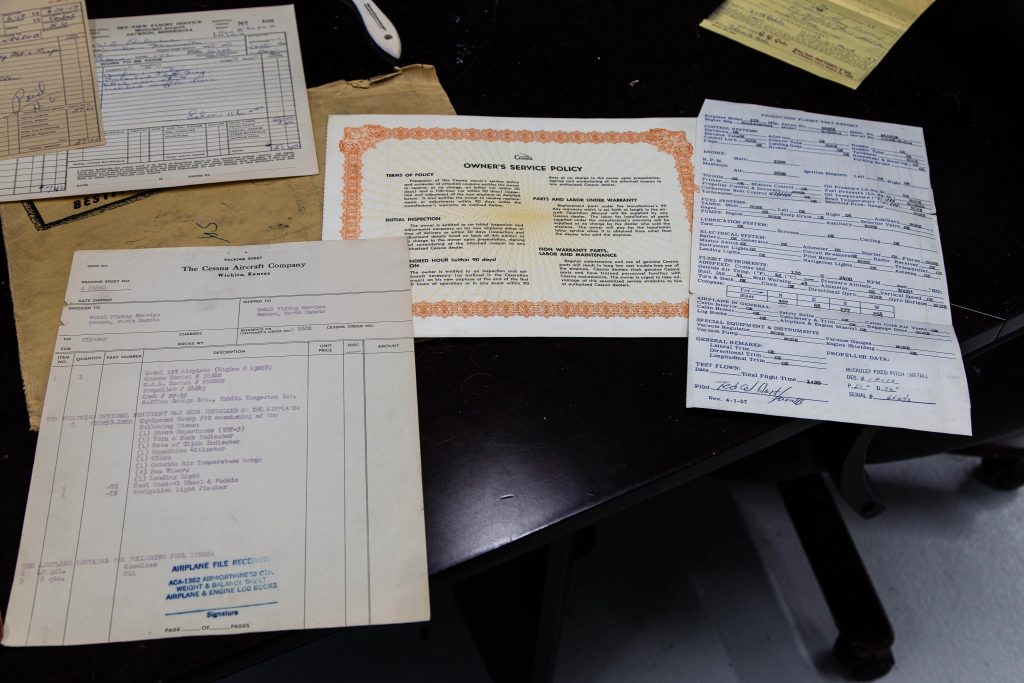
Documentation for Glenn’s 172. 
Pristine paint on Glenn’s 172. 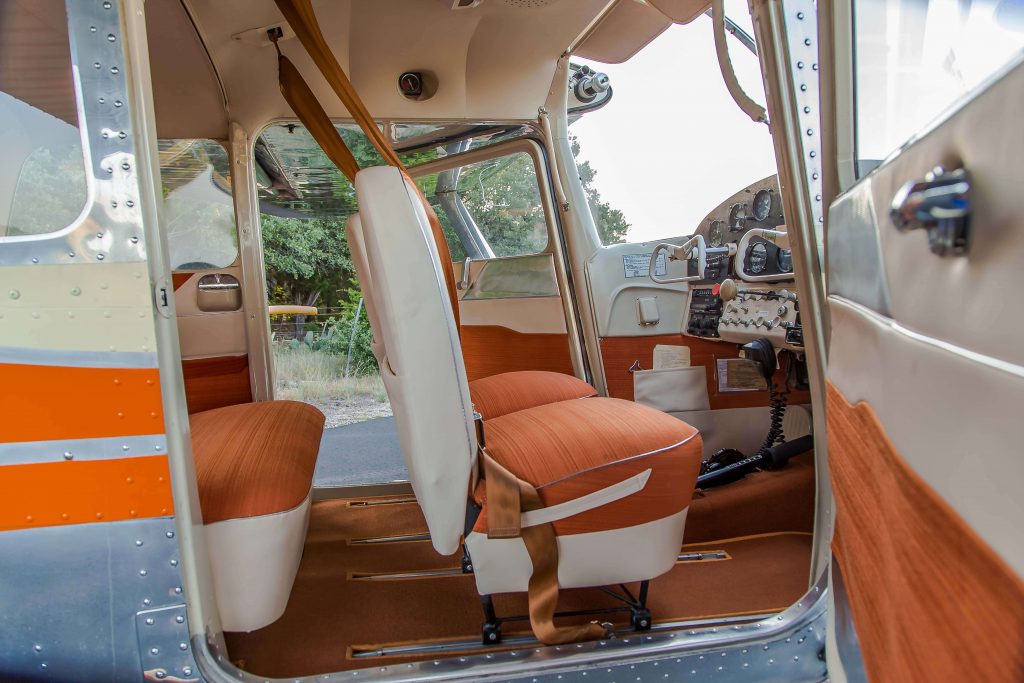
Cessna 172 cockpit. 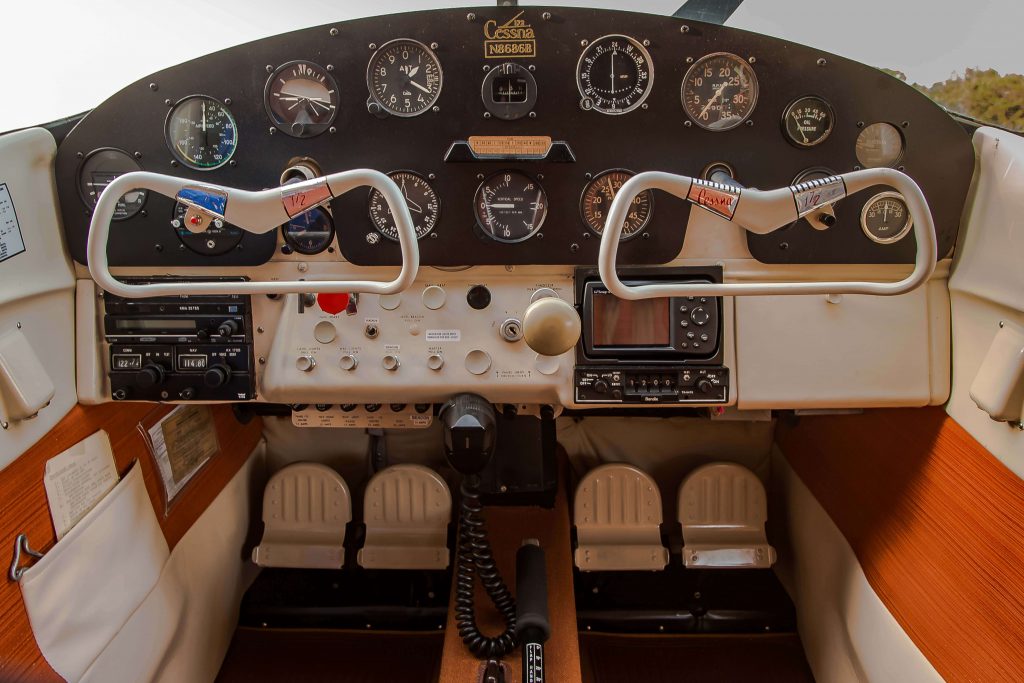
Cessna 172 panel. 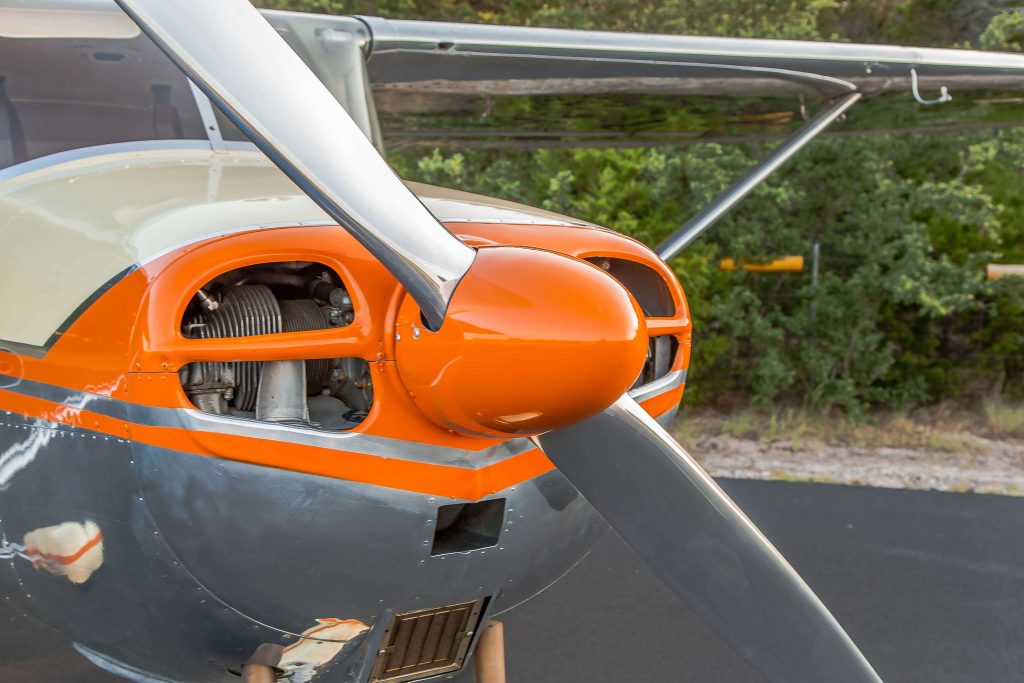
Glenn’s Skyhawk has a 145-hp Continental O-300. 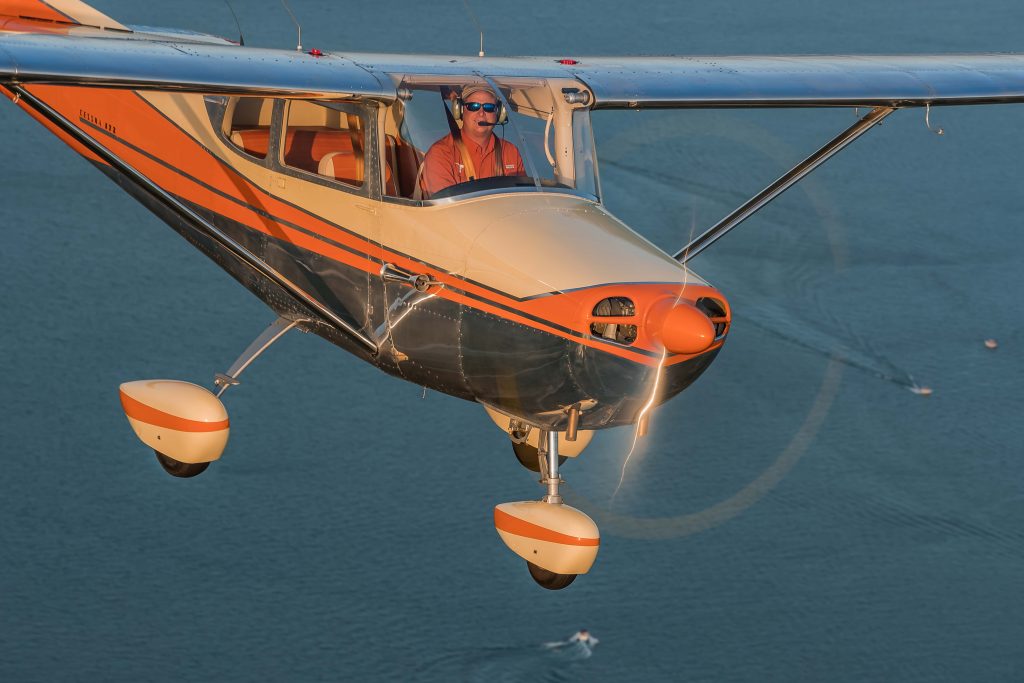
Glenn flying his Skyhawk. 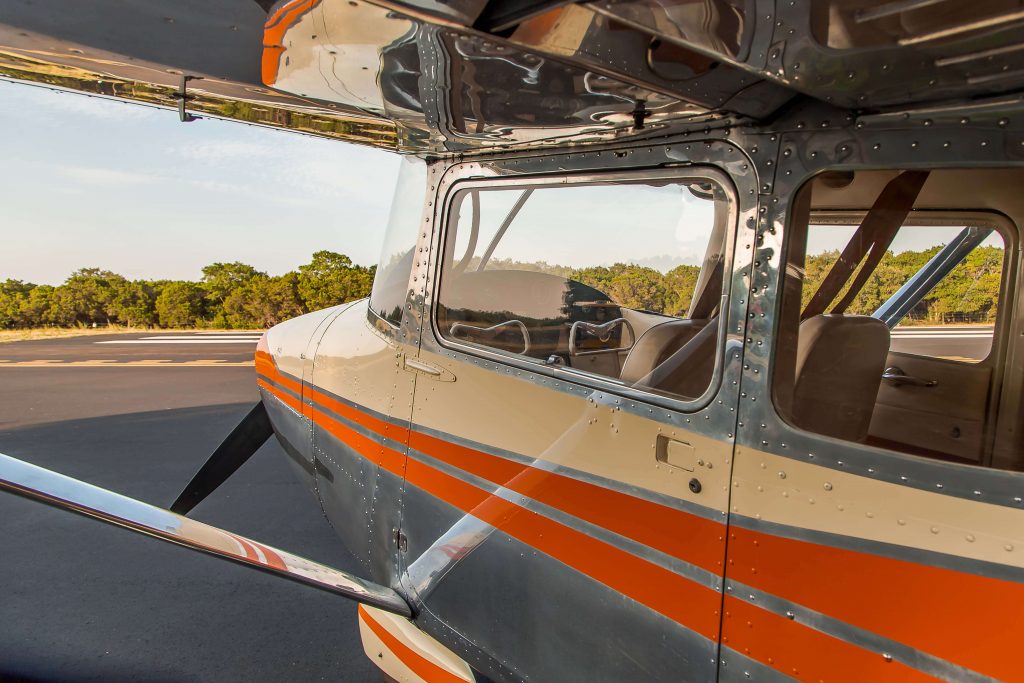
Glenn’s Skyhawk is reminiscent of a Creamsicle ice cream bar.

